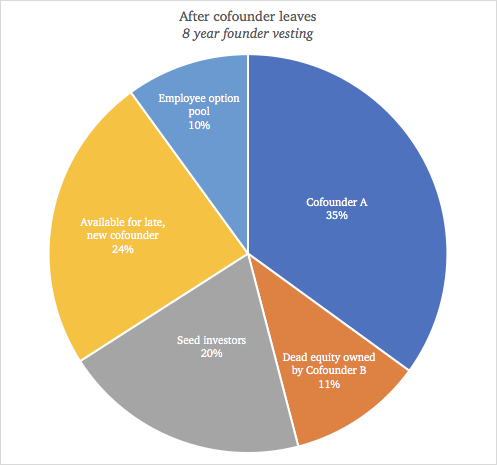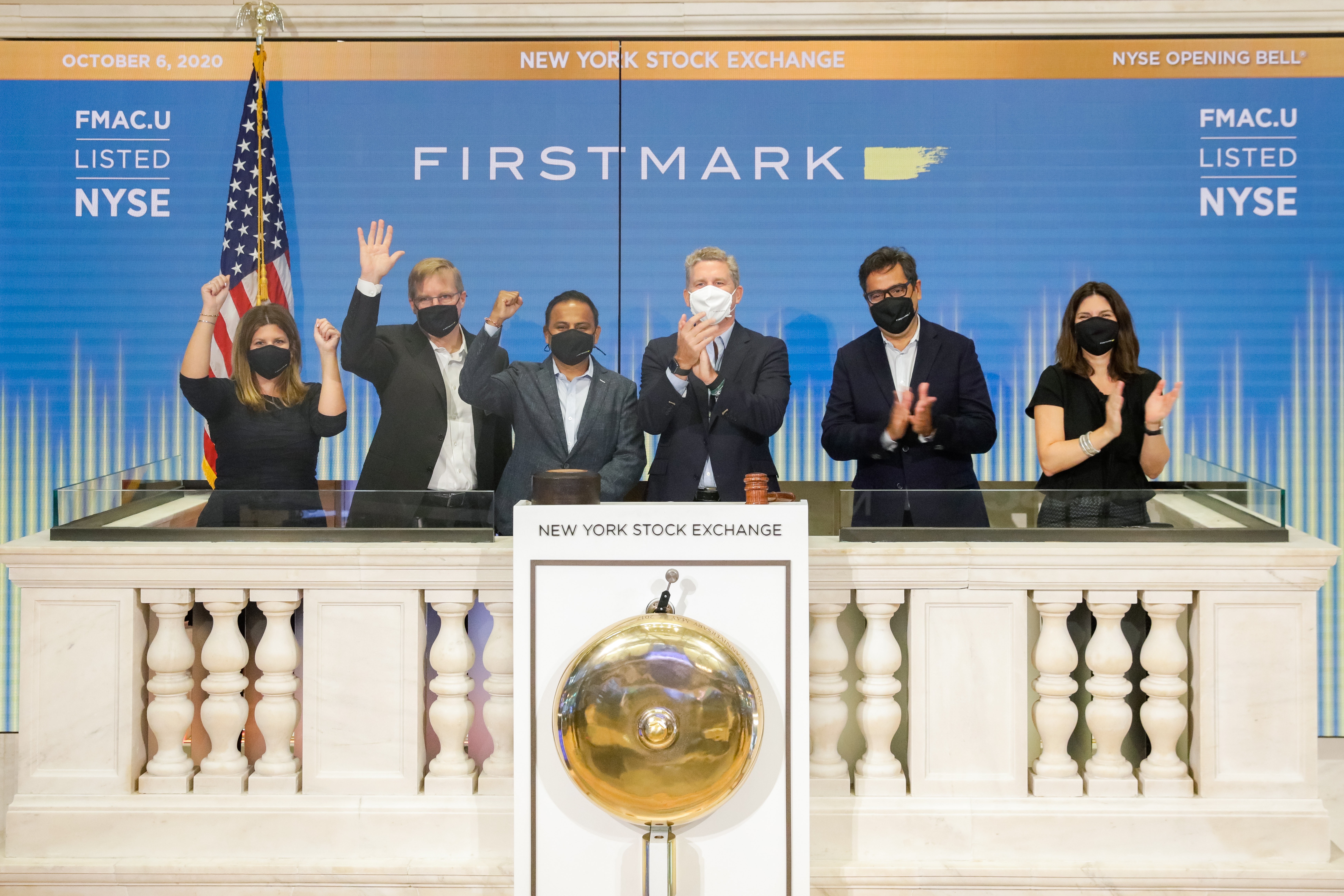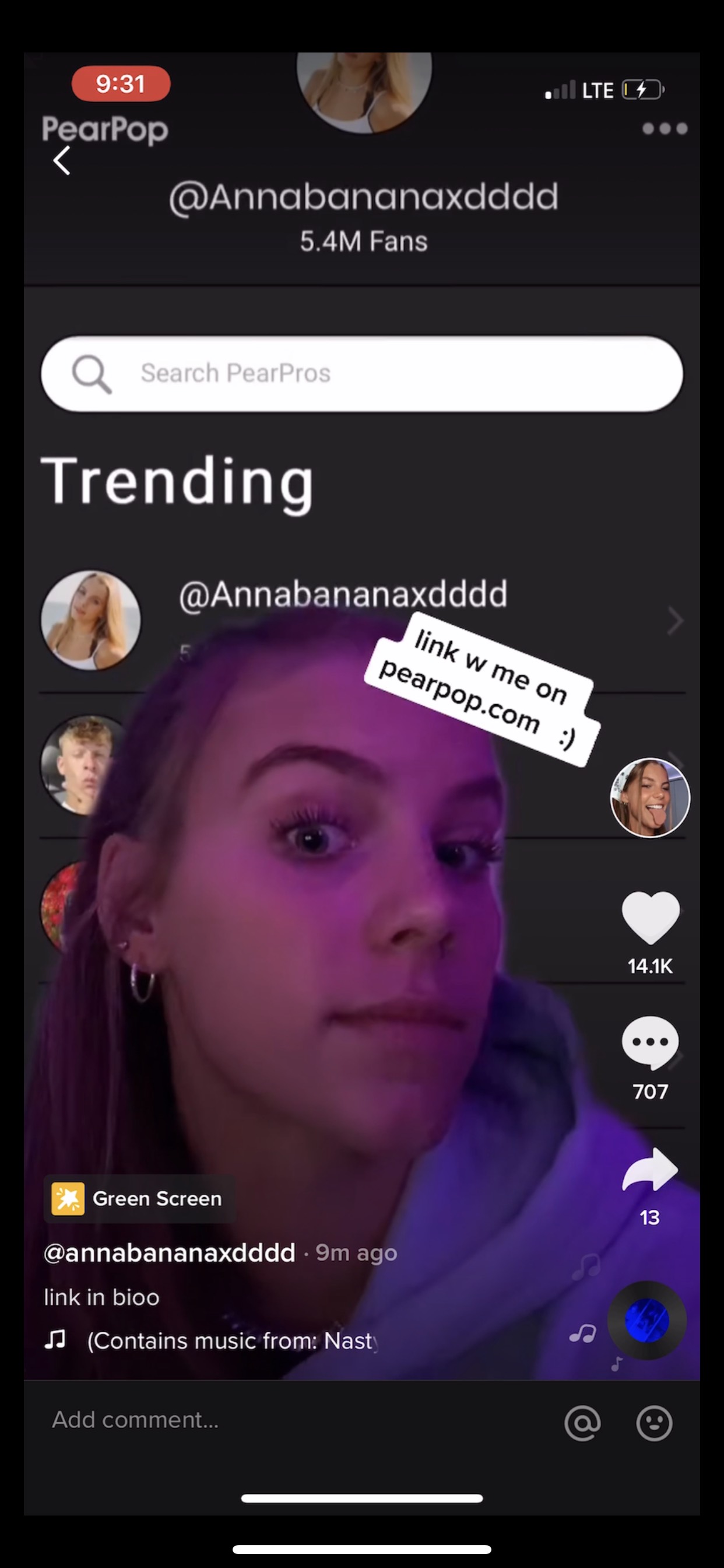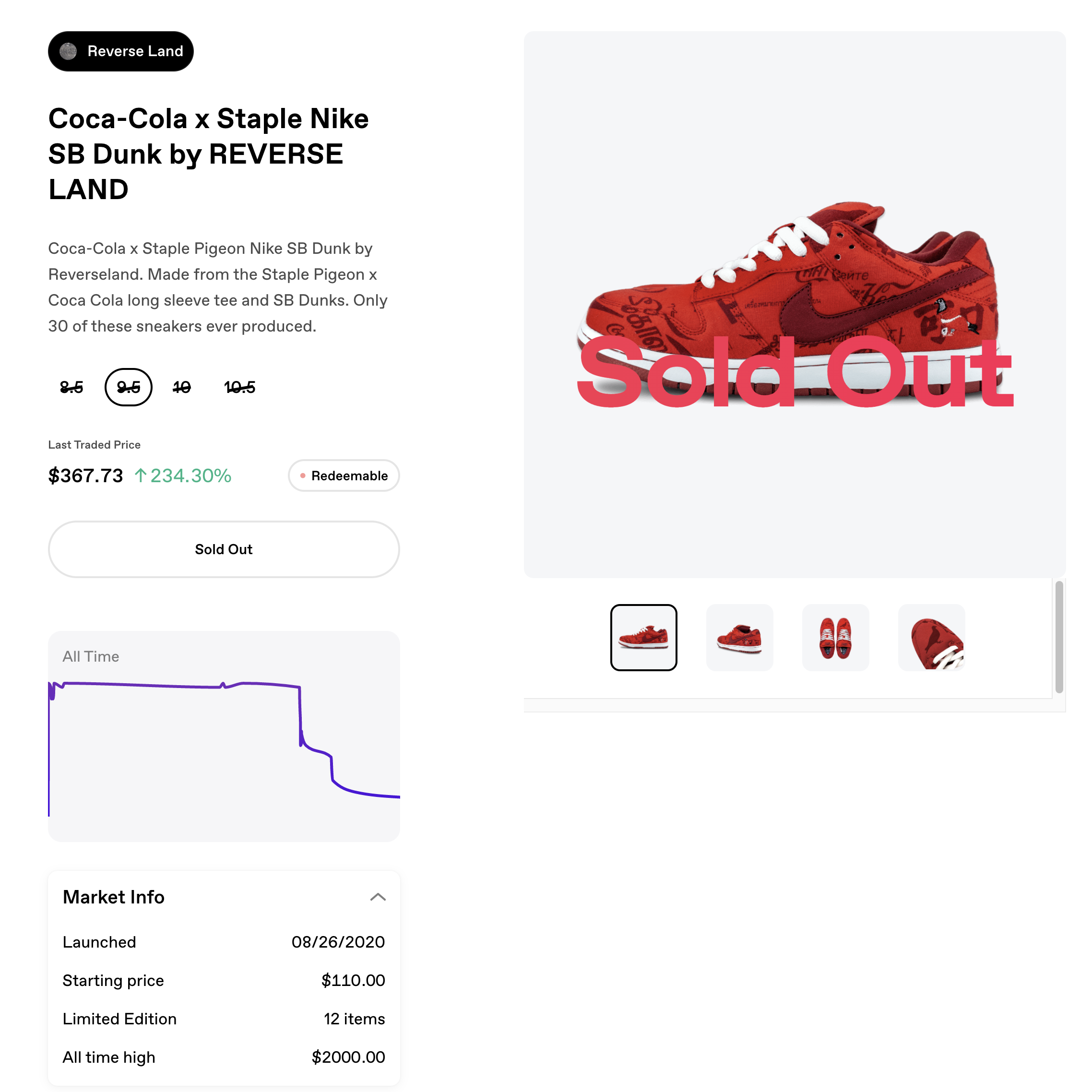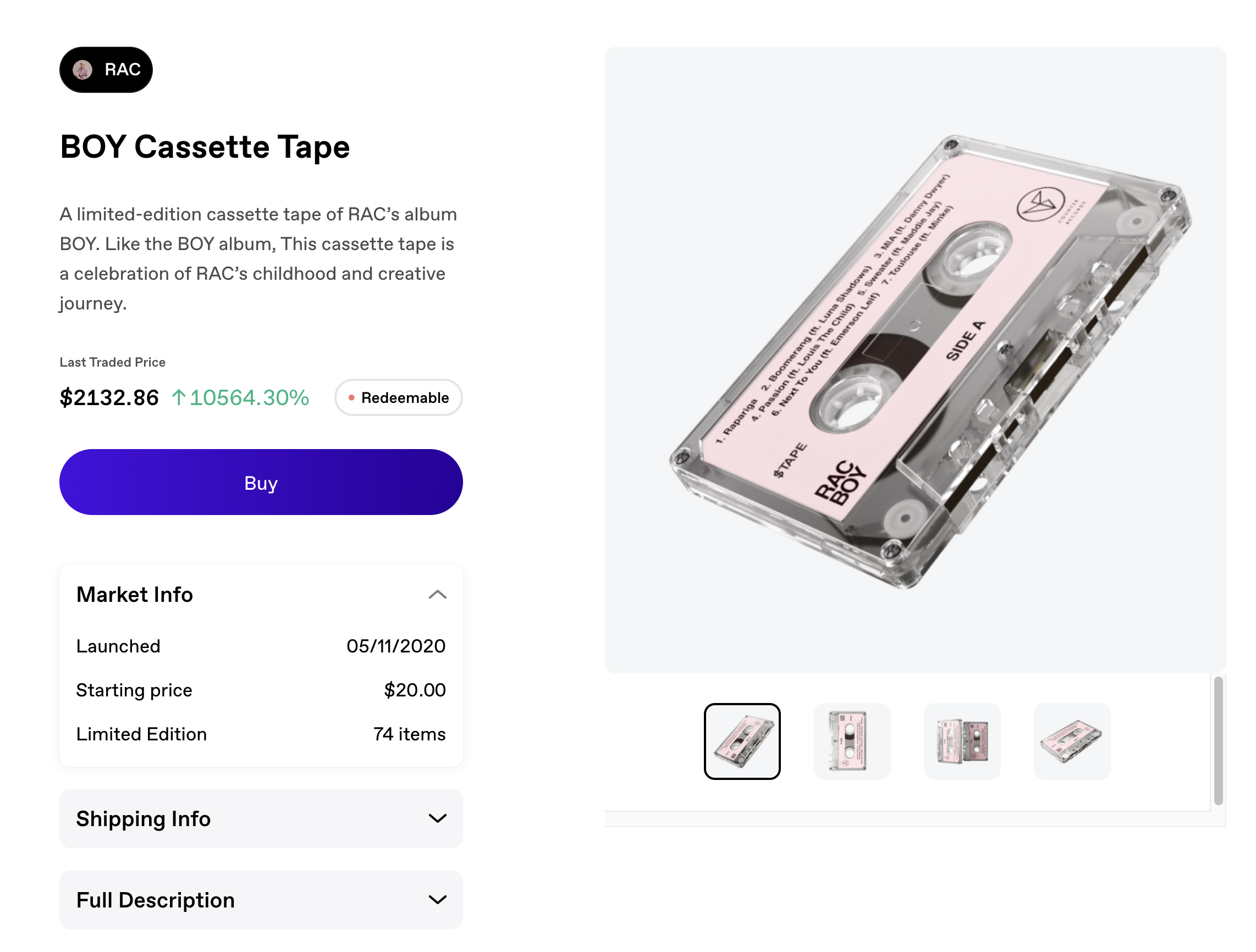Pear, the eight-year-old, Palo Alto, Calif.-based seed-stage venture firm that has, from its outset, attracted the attention of VCs who think the firm has an eye for nascent talent, staged its seventh annual demo day earlier this week, and while it was virtual, one of the startups has already signed a term sheet from a top-tier venture firm.
To give the rest of you a sneak peak, here’s a bit about all of the startups that presented, in broad strokes:
- ) AccessBell
What it does: Video conferencing platform for enterprise workflows
Website: accessbell.com
Founders: Martin Aguinis (CEO), Josh Payne (COO), Kamil Ali (CTO)
The pitch: Video has emerged as one of the prominent ways for enterprises to communicate internally and externally with their customers and partners. Current video conferencing tools like Zoom and WebEx are great for standalone video but they have their own ecosystems and don’t integrate into thousands of enterprise workflows. That means that API tools that do integrate, like Agora and Twilio, still require manual work from developer teams to customize and maintain. AccessBell is aiming to provide the scalability and reliability of Zoom, as well as the customizability and integrations of Twilio, in a low code integration and no code extensible customization platform.
It’s a big market the team is chasing, one that’s expected to grow to $8.6 billion by 2027. The cost right now for users who want to test out AccessBell is $27 per host per month.
2.) FarmRaise
What it does: Unlock financial opportunities for farmers to create sustainable farms and improve their livelihoods.
Website: farmraise.com
Founders: Jayce Hafner (CEO), Sami Tellatin (COO), Albert Abedi (Product)
The pitch: Over half of American farms don’t have the tools or bandwidth they need to identify ways to improve their farms and become profitable. The startup’s API links to farmers’ bank accounts, where its algorithm assesses financials to provide a “farm read,” scoring the farms’ financial health. It then regularly monitors farm data to continuously provide clean financials and recommendations on how to improve its customers’ farms, as well as to connect farmers with capital in order to improve their score. (It might suggest that a farm invest in certain sustainability practices, for example.)
Eventually, the idea is to also use the granular insights it’s garnering and sell these to hedge funds, state governments, and other outfits that want a better handle on what’s coming — be it around food security or climate changes.
3.) Sequel
What it does: Re-engineering life’s essential products – starting with tampons.
Website: thesequelisbetter.com
Founders: Greta Meyer (CEO), Amanda Calabrese (COO)
The pitch: Founded by student athletes from Stanford, Sequel argues that seven out of 10 women don’t trust tampons, which were first designed in 1931 (by a man). New brands like Lola have catchy brands and new material, but they perform even worse than legacy products. Sequel has focused instead on fluid mechanics and specifically on slowing flow rates so a tampon wont leak before it’s full whether they’re in the “boardroom” or the “stadium.” The company says it has already filed patents and secured manufacturing partners and that it expects that the product will be available for consumers to buy directly from its website, as well as in other stores, next year.
4.) Interface Bio
What it does: Unlocking the therapeutic potential of the microbiome with a high-throughput pipeline for characterizing microbes, metabolites, and therapeutic response, based on years of research at Stanford.
Founders: Will Van Treuren, Hannah Wastyk
The pitch: The microbiome plays a major role in a wide range of human diseases, including heart disease, kidney disease, liver disease, and cancer. In fact, Interface’s founders — both of whom are PhDs — say that microbiome-influenced diseases are responsible for four of the top 10 causes of death in the United States. So how do they better size on the opportunity to identify therapeutics by harnessing the microbiome? Well, they say they’ll do it via a “high-speed pipeline for characterizing metabolites and their immune phenotypes,” which they’ll create by developing the world’s largest database of microbiome-mediated chemistry, which the startup will then screen for potential metabolites that can lead to new therapies.
5.) Gryps
What it does: Gryps is tackling construction information silos to create a common information layer that gives building and facility owners quick, enriched and permanent access to document-centric information.
Website: gryps.io
Founders: Dareen Salama, Amir Tasbihi
The pitch: The vast size and complexity of the construction industry has resulted in all kinds of software and services that address various aspects of the construction processes, resulting in data and documents being spread across many siloed tools. Gryps says it picks up where all the construction-centered tools leave off: Taking delivery of the projects at the end of a construction job and providing all the information that facility owners need to operate, renovate, or build future projects through a platform that ingests data from various construction tools, mines the embedded information, then provides operational access through owner-centered workflows.
6.) Expedock
What it does: Automation infrastructure for supply chain businesses, starting with AI-Powered Freight Forwarder solutions.
Website: expedock.com
Founders: King Alandy Dy (CEO), Jeff Tan (COO), Rui Aguiar (CTO)
The pitch: Freight Forwarders take care of all the logistics of shipping containers including financials, approvals and paper work for all the local entities on both sides of the sender and receiver geographies, but communications with these local entities are often done through unstructured data, including forms, documents, and emails and can subsequently eat up to 60% of operational expenses. Expedock is looking to transform the freight forwarding industry by digitizing and automating the processing and inputting of unstructured data into various local partner and governmental systems, including via a “huan in the loop” AI software service.
7.) Illume
What it does: A new way to share praise
Website: illumenotes.com
Founders: Sohale Sizar (CEO), Phil Armour (Engineering), Maxine Stern (Design)
The pitch: The process of thanking people is full of friction. Paper cards have to be purchased, signed, passed around; greetings on Facebook only mean so much. Using Illume, teams and individuals can download its app or come together on Slack and create a customized, private, and also shareable note. The nascent startup says one card typically has 10 contributors; it charging enterprises $3 per user per month, ostensibly so sales teams, among others, can use them.
8.) Quansa
What it does: Quansa improves Latin American workers’ financial lives via employer-based financial care
Website: quansa.io
Founders: Gonzalo Blanco, Mafalda Barros
The pitch: Fully 40% of employees across Latin America have missed work in the past 12 months due to financial problems. Quansa wants to help them get on the right track financially with the help of employers that use its software to link their employees’ payroll data with banks, fintechs and other financial institutions.
There is strength in numbers, says the firm. By funneling more customers to lenders through their employers, for example, these employees should ultimately be able to access to cheaper car loans, among other things.
9.) SpotlightAI
What it does: Spotlight turns sensitive customer information from a burden to an asset by using NLP techniques to identify, anonymize, and manage access to PII and other sensitive business data.
Website: hellospotlight.com
Founder: Austin Osborne (CEO)
The pitch: Data privacy legislation like GDPR and CCPA is creating an era where companies can no longer use their customer data to run their business due to the risks of fines, lawsuits, and negative media coverage. These lawsuits relating to misuse of personal data can reach billions of dollars and take years to settle. Spotlight’s software plugs into existing data storage engines via APIs and operates as a middleware within a company’s network. With advanced NLP and OCR techniques, it says it’s able to detect sensitive information in unstructured data, perform multiple types of anonymization, and provide a deep access control layer.
10.) Bennu
What it does: Bennu closes the loop on management communication
Website: bennu.io
Founder: Brenda Jin (CEO)
The pitch: Today’s work communication is done through forms, email, Slack, and docs; the timelines are unnatural. Bennu is trying to solve the problem with communication loops that use integrations and smart topic suggestions to help employees prepare for substantive management conversations in seconds, not hours.
11.) Playbook
What it does: Playbook automates the people coordination in your repeatable workflows with a simple system to create, execute and track any process with your team, customers, and more.
Website: startplaybook.com
Founders: Alkarim Lalani (CEO), Blaise Bradley (CTO)
The pitch: Whether you’re collecting time cards from 20 hourly workers every week, or managing 30 customer onboardings – you’re coordinating repetitive workflows across people over email and tracking it over spreadsheets. Playbook says it coordinates workflows between people at scale by taking programming concepts such as variables and conditional logic that let its customers model any workflow, and all packaged in an interface that enables anyone to build out their workflows in minutes.
12.) June Motherhood
What it does: Community-based care for life’s most important transitions.
Website: junemotherhood.com
Founders: Tina Beilinson (CEO), Julia Cole (COO), Sophia Richter (CPO)
The pitch: June is a digital health company focused on maternal health, with community at the core. Like a Livongo for diabetes management, June combines the latest research around shared appointments, peer-to-peer support and cognitive behavioral therapy to improve outcomes and lower costs, including through weekly programs and social networks that encourage peer-to-peer support.
13.) Wagr
What it does: Challenge anyone to a friendly bet.
Website: wagr.us
Founders: Mario Malavé (CEO), Eliana Eskinazi (CPO)
The pitch: Wagr will allow sports fans to bet with peers in a social, fair, and simple way. Sending a bet requires just three steps, too: pick a team, set an amount, and send away. Wagr sets the right odds and handles the money.
Users can challenge friends, start groups, track leaderboards, and see what others are betting on, so they feel connected even if they aren’t together in the stadium. Customers pay a commission when they use the platform to find them a match, but bets against friends are free. The plan is to go live in Tennessee first and expand outward from there.
14.) Federato
What it does: Intelligence for a new era of risk
Website: federato.ai
Founders: Will Ross (CEO), William Steenbergen (CTO)
The pitch: Insurance companies are struggling to manage their accumulation of risk as natural catastrophes continue to grow in volume and severity. Reinsurance is no longer a reliable backstop, with some of the largest insurers taking $600 million-plus single-quarter losses net of reinsurance.
Federato is building an underwriter workflow that uses dynamic optimization across the portfolio to steer underwriters to a better portfolio balance. The software lets actuaries and portfolio analysts drive high-level risk analysis into the hands of underwriters on the front lines to help them understand the “next best action” at a given point in time.
15.) rePurpose Global
What it does: A plastic credit platform to help consumer brands of any size go plastic neutral
Website: business.repurpose.global
Founders: Svanika Balasubramanian (CEO), Aditya Siroya (CIO), Peter Wang Hjemdahl (CMO
The pitch: Consumers worldwide are demanding businesses to take action on eliminating plastic waste, 3.8 million pounds of which are leaked into the environment every few minutes. Yet even as brands try, alternatives are often too expensive or worse for the environment. Through this startup, a brand can commit to the removal of a certain amount of plastic, which will then be removed by the startup’s loal watse management partners and recycled on the brand’s behalf (with rePurpose verifying that the process adheres to certain standards). The startup says it can keep a healthy margin while also running this plastic credit market, and that its ultimate vision is to our vision is to become a “one-stop shop for companies to create social, economic, and environmental impact.”
16.) Ladder
What it does: A professional community platform for the next generation
Website: ladder.io
Founders: Akshaya Dinesh (CEO), Andrew Tan
The pitch: LinkedIn sucks, everyone hates it. Ladder (which may have a trademark infringement battle ahead of it) is building a platform around community instead of networks. The idea is that users will opt in to join communities with like-minded individuals in their respective industries and roles of interest. Once engaged, they can participate in AMAs with industry experts, share opportunities, and have 1:1 conversations.
The longer term ‘moat’ is the data it collects from users, from which it thinks it can generate more revenue per user than LinkedIn. (By the way, this is the startup that has already signed a term sheet with a firm whose team was watching the demo day live on Tuesday.)
Exporta
How it works: Exporta is building a B2B wholesale marketplace connecting suppliers in Latin America with buyers in North America.
Website: exporta.io
Founders: Pierre Thys (CEO), Robert Monaco (President)
The pitch: The U.S. now imports more each year from Latin America than from China, but LatAm sourcing remains fragmented and manual. Exporta builds on-the-ground relationships to bring LatAm suppliers onto a tech-enabled platform that matches them to U.S. buyers looking for faster turnaround times and more transparent manufacturing relationships.
Via
What it does: Via helps companies build their own teams in new countries as simply as if they were in their HQ.
Website: via.work
Founders: Maite Diez-Canedo, Itziar Diez-Canedo
The pitch: Setting up a team in a new country is very complex. Companies need local entities, contracts, payroll, benefits, accounting, tax, compliance…and the list goes on. Via enables companies to build their own teams in new countries quickly and compliantly by leveraging local entities to legally employ teams on their behalf, and integrate local contracts, payroll, and benefits in one platform. By plugging into the local hiring ecosystem, Via does all the heavy lifting for its customers, even promising to stand up a team in 48 hours and at less expense than traditional alternatives. (It’s charging $600 per employee per month in Canada and Mexico, where it says it has already launched.)

https://ift.tt/eA8V8J Pear hosted its invite-only demo day online year; here’s what you might have missed https://ift.tt/357WdIE





